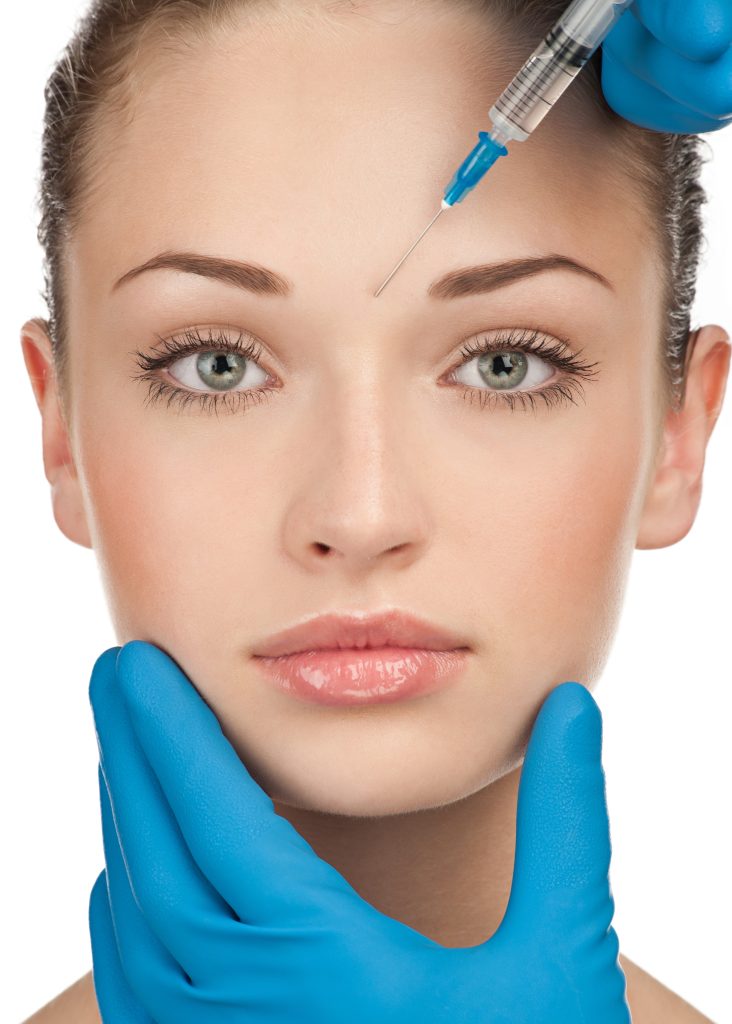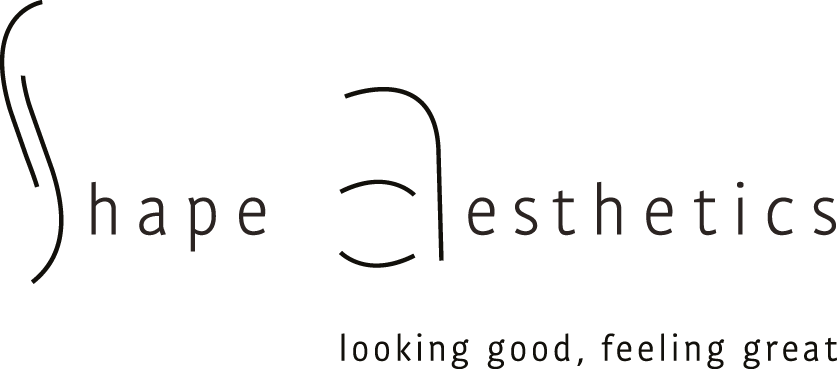Botulinum toxin injections treat skin diseases, for which indications?
Botulinum toxin is known to everyone as a cosmetic anti-wrinkle treatment. It is the most commonly performed cosmetic treatment worldwide for a disturbing frown or forehead wrinkle. In recent years, new medical indications have appeared for this substance to treat dermatological disorders. An Italian research group has published a review on the effect of botulinum toxin and treatment of various skin diseases.
What effect has botulinum toxin on wrinkles?
Botulinum toxin is a natural protein and is used to reduce certain muscle activity. Many dynamic facial wrinkles are caused by the random or involuntary contraction of muscles just below the skin, in particular the frown lines on the forehead and between the eyebrows and (to a lesser extent) the crow’s feet on either side of the eyes.
Botulinum toxin blocks the ‘contraction signal’ between the nerves in the skin and the skin muscles, so that the muscles in the skin can no longer be (fully) contracted. Botulinum toxin is injected by the medical specialist with a fine needle into the muscles under the skin.
Good to know that the process is reversible! More about fine lines and wrinkles

From anti-wrinkle to dermatological conditions
Below is a list of researched treatments for skin diseases with botulinum toxin:
Local pruritus Like notalgia paresthetica and lichen simplex chronicus, botulinum toxin may be used if other remedies fail.
Hyperhydrosis – excessive sweating Mostly used for the armpits but also for the soles of the feet, palms, forehead and groin. Experience from Dr. Francis Wu, the injections in the palms of the hands and soles of the feet are very difficult without anesthesia and the effect is varyingly successful.
Hypertrophic scars For both prevention and treatment of thickened scars. People who do not make beautiful facial scars can receive botulinum toxin treatment soon after surgery. Scar becomes calmer and more beautiful.
Oily skin prone to acne. Botulinum toxin can reduce sebum production in the skin, making it less oily. How the reduction of your sebum by botulinum toxin works is not known.
Hot flashes, rosacea telangiectasia, sudden redness, facial flushes have been studied with botulinum toxin treatment. The results are variable. The studies conducted have had a very short follow-up, with minimal long-term efficacy and safety data.
Androgenetic alopecia, one of the possible explanations why botulinum toxin works is oxygen tension in the scalp. The enzymatic conversion of testosterone to dihydrotestosterone, the actual hormone responsible for hair loss, is dependent on oxygen. So where the oxygen rate is low, this conversion is favored, resulting in hair loss. While in oxygen rich regions the conversion is lower resulting in the conversion of testosterone to estradiol. Botulinum toxin injection causes a local increase in blood flow and oxygen concentration in the scalp.
Raynaud’s phenomenon treatment with botulinum toxin has also been studied. Raynaud’s phenomenon is spasm of small blood vessels causing reduced blood flow in the hands/feet in response to cold and emotional stress. The treatment results are variable and the studies were of moderate quality (no standard botulinum toxin protocol, no distinction between primary or secondary Raynaud phenomenon, mainly case reports and retrospective studies)
Psoriasis inversa, a psoriasis variant that occurs in the folds (armpit, groin, navel) can help botulinum toxin.
When should you not be treated with botulinum toxin?
There are circumstances where you need to be extra careful. Let your treating doctor know if you fall under one of the following points:
If you are pregnant, considering becoming pregnant in the near future, or if you are breastfeeding
You are younger than 18 years old
If you suffer from a muscle disease or neurological disorder
If you use muscle relaxants, blood thinners or have a clotting disorder
Have had problems with botulinum toxin in the past
Previously had a surgical procedure (nose job, forehead lift, eyelid correction) or physical trauma in the area you want to treat with botulinum toxin.
